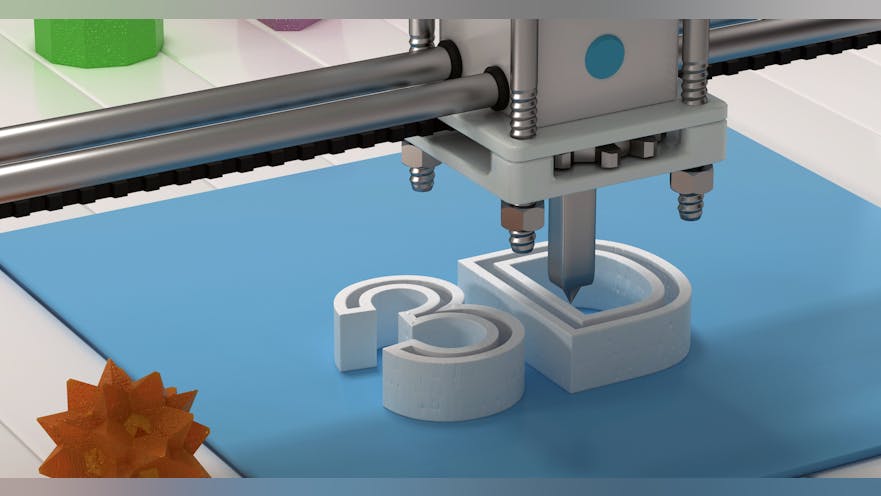Over the last decade, awareness of the value of AM has grown significantly within the manufacturing community, explains Rajeev Kulkarni, VP, Strategy, 3D Systems. “The AM industry has made a dramatic transition – moving from being used primarily for prototyping to production solutions. AM is now considered a step within the manufacturing process and is part of multiple manufacturing workflows,” says Kulkarni. “We have seen evidence of this in the most recent E&Y study that confirms the adoption of additive is ramping – moving from the researching and prototyping phase to production – with nearly 75% of companies embracing the technology."
This adoption has been facilitated by a combination of innovations – not only in printing technologies, but also in materials science. As the technology has continued to mature, the focus has moved from feeds and speeds to applications and materials, indicating a level of comfort across the growing customer base. Kulkarni tells IndustryWeek, the latest materials in-market possess mechanical properties that enable creation of durable, end-use parts. "We will see materials innovation accelerate - continuing to open up new applications and solutions,” he says.
Understandably, the goal when embracing new manufacturing technologies is to create parts more efficiently and cost-effectively. The draw towards additive manufacturing is no exception. With the right material and 3D printer combination, plastics and metals AM offers multiple value propositions that help drive the desire to integrate it into manufacturing workflows, explains Kulkarni. "The technology is capable of providing a host of benefits for various applications to improve accuracy, increase efficiency, and reduce total cost of operation," he says. Specifically, the technology is enables:
- Lighter parts
- Reduction of part count via assembly consolidation
- Customization at affordable price points
- Producing geometries that cannot be manufactured using other traditional processes
- Improvement of fluid dynamics within designs
- Production using new, unique materials
- Optimizing design for functionality
- Multi-material parts
- Multi-color parts
- Reduction or elimination of tooling
- Reduction of time to market
"Furthermore, the technology is versatile enough to print materials like sugar, chocolate, concrete, wax, drugs, cosmetics, organic tissue – mediums that expand capability beyond traditional plastics and metals. AM is not only positively influencing how manufacturing is done, but is quickly making the same positive impacts on people’s quality of life," says Kulkarni.



